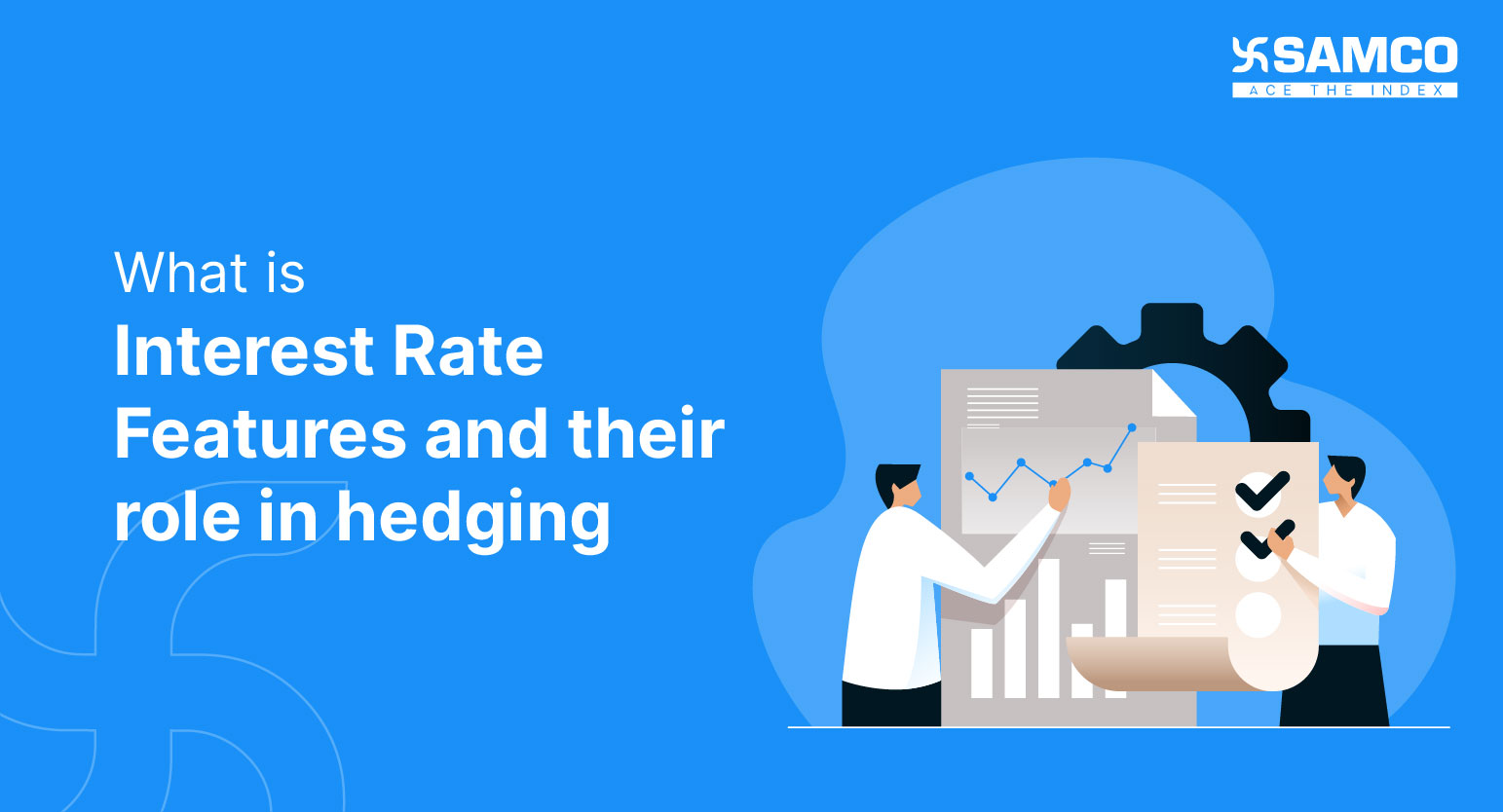In this article, we will cover
- Understanding Interest Rate Futures
- Advantages of Using Interest Rate Futures for Hedging
- The Mechanics of Trading Interest Rate Futures
- The Benefits and Risks of Trading
- Real-World Applications of Interest Rate Futures

Understanding Interest Rate Futures
Financial contracts known as interest rate futures enable traders and investors to speculate on or protect against changes in interest rates. These agreements stand in for a purchase or sale of a financial instrument. These can be treasury bonds for a predetermined price at a specified future date. The prevailing interest rate determines the price of an interest-rate futures contract when the trader enters into the contract. So, the price then adjusts as the underlying interest rate fluctuates.-
How do Interest Rate Futures Work?
-
Types of Interest Rate Futures
-
The Role of Interest Rate Futures in Hedging
-
Interest Rate Futures for Hedging
Advantages of Using Interest Rate Futures for Hedging
Let's take a look at the advantages of interest rate futures as one of the methods for hedging.- Interest rate futures provide a flexible and effective way to reduce the risk of an investment. They allow traders to lock in a specific interest rate, providing a hedge against market volatility.
- They offer greater flexibility than traditional fixed-income investments, such as bonds, as traders can enter and exit the market anytime. One can easily compare their returns against NSE bond interest rates.
- Additionally, traders and investors can incorporate these into their overall investment strategy to create a comprehensive risk management plan. This provides traders and investors with a comprehensive solution to managing the risks associated with their portfolios.
The Mechanics of Trading Interest Rate Futures
-
How to Buy and Sell Interest Rate Futures?
- Interest rate futures are traded on financial exchanges. To buy or sell a Futures contract, a trader must have a brokerage account with access to the exchange where the contract is traded.
- Depending on their market outlook, the trader can then place an order to either buy or sell the contract.
- The contract price will fluctuate based on market conditions. The trader can close their position anytime to lock in a profit or minimize losses.
-
Understanding Margin Requirements
- When trading interest rate futures, traders must post a margin deposit, which acts as collateral for the trade.
- The margin deposit is a small percentage of the contract's total value. It is used to cover any potential losses.
- The margin requirement can vary depending on the exchange and the traded contract.
- It is important for traders to understand the margin requirements for the contracts they are trading. They must have enough funds in their brokerage account to cover any potential losses.
-
Settling Contracts
- At the end of the contract period, interest rate futures contracts are settled in cash. It is based on the difference between the contract price and the prevailing interest rate at the time of settlement.
- Suppose the trader has entered into a long position (i.e., bought the contract). In that case, they will receive a payment if the interest rate at the time of settlement is higher than the contract price.
- Conversely, suppose the trader has entered into a short position (i.e., they have sold the contract). In that case, they will have to pay the difference if the interest rate at the time of settlement is lower than the contract price.
- Traders must understand the process of settling Futures contracts as they form their trading strategy.
The Benefits and Risks of Trading
-
Benefits of Trading Interest Rate Futures
- Interest rate futures provide traders with an efficient and flexible way to hedge against changes in interest rates.
- They allow traders to lock in a specific interest rate for a future date, reducing their exposure to market risk.
- They provide greater flexibility than traditional fixed-income investments, as traders can enter and exit the market anytime.
- Additionally, they can be combined with other investment strategies to create a comprehensive risk management plan.
-
Risks Associated with Trading
- One of the main risks is market risk, which is the possibility that the market price of the contract will move against the trader's position.
- Another risk is interest rate risk, which is the possibility that interest rates will rise or fall in a way that affects the value of the contract.
- Additionally, there is credit risk, which is the risk that the counterparty will default on the contract.
- It is important for traders to be aware of these risks and to develop strategies to manage them.
-
Strategies for Managing Risks
- To manage the risks associated with trading interest rate futures, traders should develop a comprehensive risk management plan.
- This might include setting stop-loss orders to minimize potential losses, using proper position sizing, and diversifying their portfolio.
- Additionally, traders can use these and other investment strategies to reduce their exposure to market risk.
- It is also important for traders to continuously monitor their positions and adjust their risk management strategies as necessary.
Real-World Applications of Interest Rate Futures
-
Use of Interest Rate Futures by Financial Institutions
-
The Importance of Interest Rate Futures in Risk Management



 Easy & quick
Easy & quick
Leave A Comment?